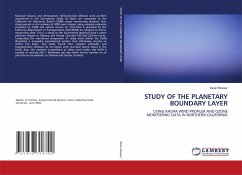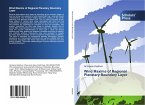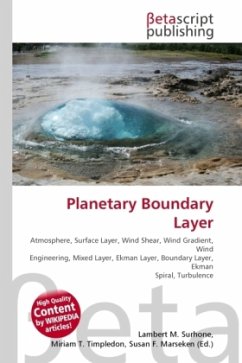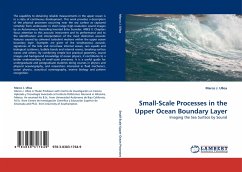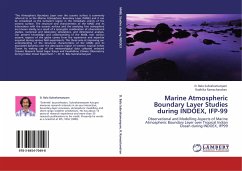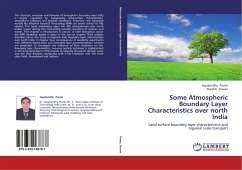National Oceanic and Atmospheric Administration (NOAA) wind profilers maintained in the Sacramento Valley Air Basin are compared to the California Air Resources Board (CARB) ozone monitoring stations. Four study periods in the summer of 2000 were chosen using emission estimates provided by CARB and vehicle counts on Interstate 5 provided by the California Department of Transportation (CALTRANS) to compare to ozone monitoring data. This is a study of the Sacramento Regional Area's ozone pollution impact to Tehama and Shasta Counties 185 and 230 km north. Computing the meridional component of valley wind within the SVAB illustrated a sinusoidal asymmetrical pattern that effectively recycles air within the basin. This study found that emission estimates and transportation demand do not agree with recorded ozone values in the SVAB. Also, the northern progression of valley wind within the SVAB is capable of moving 200 + kilometers per day which would transfer an air parcel from Sacramento to Tehama and Shasta Counties.

